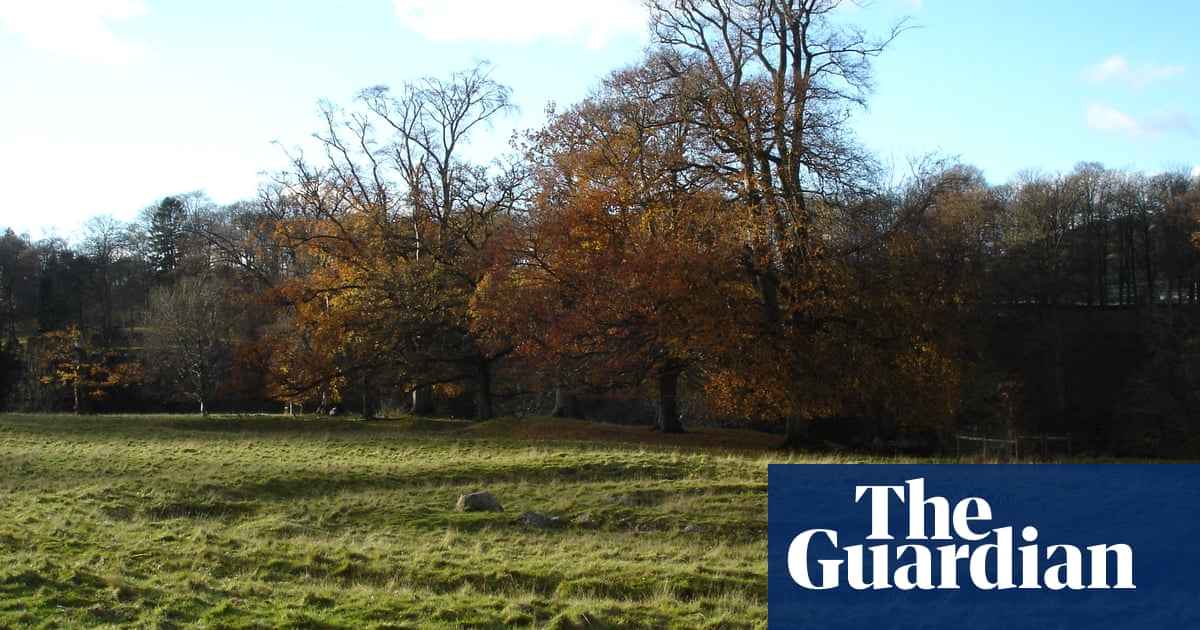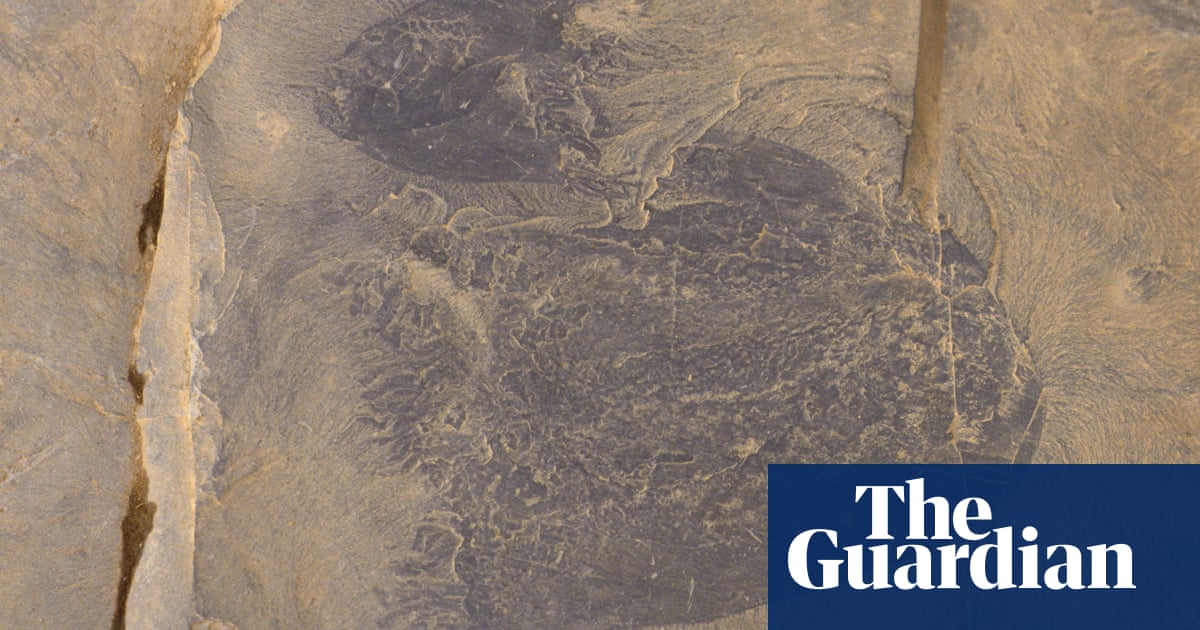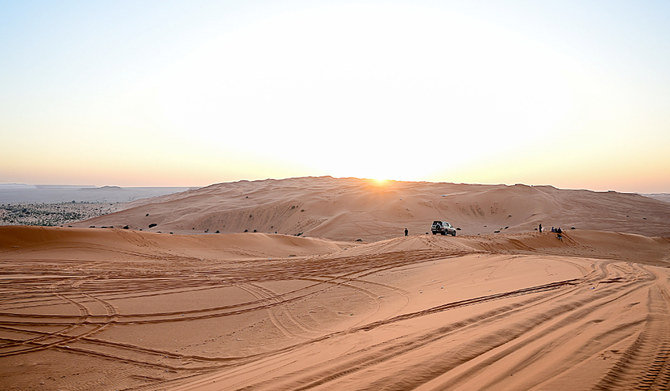
The ancient dietary habits of Earth’s oldest animals, which lived more than 550m years ago, have been uncovered by an international team of researchers.
Scientists who have analysed ancient fossils of Ediacaran biota – life forms that existed between 538.8m and 635m years ago – say they represent the earliest evidence of food consumed by animals.
Fossils of a slug-like creature known as Kimberella contained compounds suggesting it ate algae and bacteria from the ocean floor – not exactly a hearty meal, but a sign the animal had a mouth and a gut, and digested food the same way some modern invertebrates do.
Study co-author Prof Jochen Brocks, of the Australian National University, said fossils from the Ediacaran period were “some of the most important fossils in evolution because it’s the first time that life became big. They’re the oldest big fossils you can see with your eyes.”
Kimberella, a symmetrical creature that could also move around, was an advanced animal for its time, the researchers suggest.
Sign up for Guardian Australia’s free morning and afternoon email newsletters for your daily news roundup
“Having a gut is very modern,” Brocks said, contrasting it against more primordial animals. “Sponges, corals and jellyfish [for example], they do not have a normal gut that goes through the entire body.”
“We could see that the [Kimberella] gut was able to take up the fat molecule cholesterol actively, and reject other molecules that it didn’t want.”
Analysing fossils of another animal type, Dickinsonia, the team found this second creature was less advanced, without a mouth or gut.
Brocks, who described Dickinsonia as looking like a “ribbed bathmat lying around on the sea floor”, said it grew up to 1.4 metres long and instead absorbed food through its skin.
The fossils were collected in 2018 by the study’s lead author, Dr Ilya Bobrovskiy of GFZ-Potsdam, from cliffs near the White Sea, in Russia’s north-west.
The same researchers have previously established Dickinsonia as the oldest undisputed animal fossils, dating to around 550m years ago.
Last year, a study published in Nature suggested that mesh-like patterns in rock samples from 890m years ago resemble the networks of modern sponges, which would date the earliest animal life forms to about 300m years earlier – but this evidence has been debated among experts.
Brocks said the new study suggested the Ediacaran biota “already contained some of the creatures that gave rise to the [Cambrian] explosion, to the rise of modern animals”. The Cambrian explosion, also called the biological big bang, was a period about 538.8m years ago when almost all major animal groups started to appear in the fossil record.
The research was published in the journal Current Biology.












